Transforming a dull outdoor space into a vibrant garden is achievable with some basic knowledge and effort. This guide will walk beginners through essential steps, from planning and soil preparation to planting and maintenance, ensuring you cultivate a bountiful garden that flourishes with color and life.
1. Planning Your Garden

The first step in creating a stunning garden is thoughtful planning. Consider the following aspects:
- Space Assessment: Evaluate your outdoor area. Identify sunny spots, shaded areas, and space limitations.
- Garden Style: Decide on the style of your garden—vegetable, flower, herb, or a combination.
- Theme and Color Palette: Choose a theme and color scheme that resonates with you and complements your home.
2. Choosing the Right Plants
Selecting the right plants is crucial for a thriving garden. Consider the following tips:
- Climate Compatibility: Choose plants that are suited to your climate zone. Research hardiness zones to find suitable options.
- Size and Growth Rate: Consider the mature size of plants and their growth rate to avoid overcrowding.
- Companion Planting: Some plants thrive better together. Learn about companion planting to maximize growth.
3. Preparing the Soil
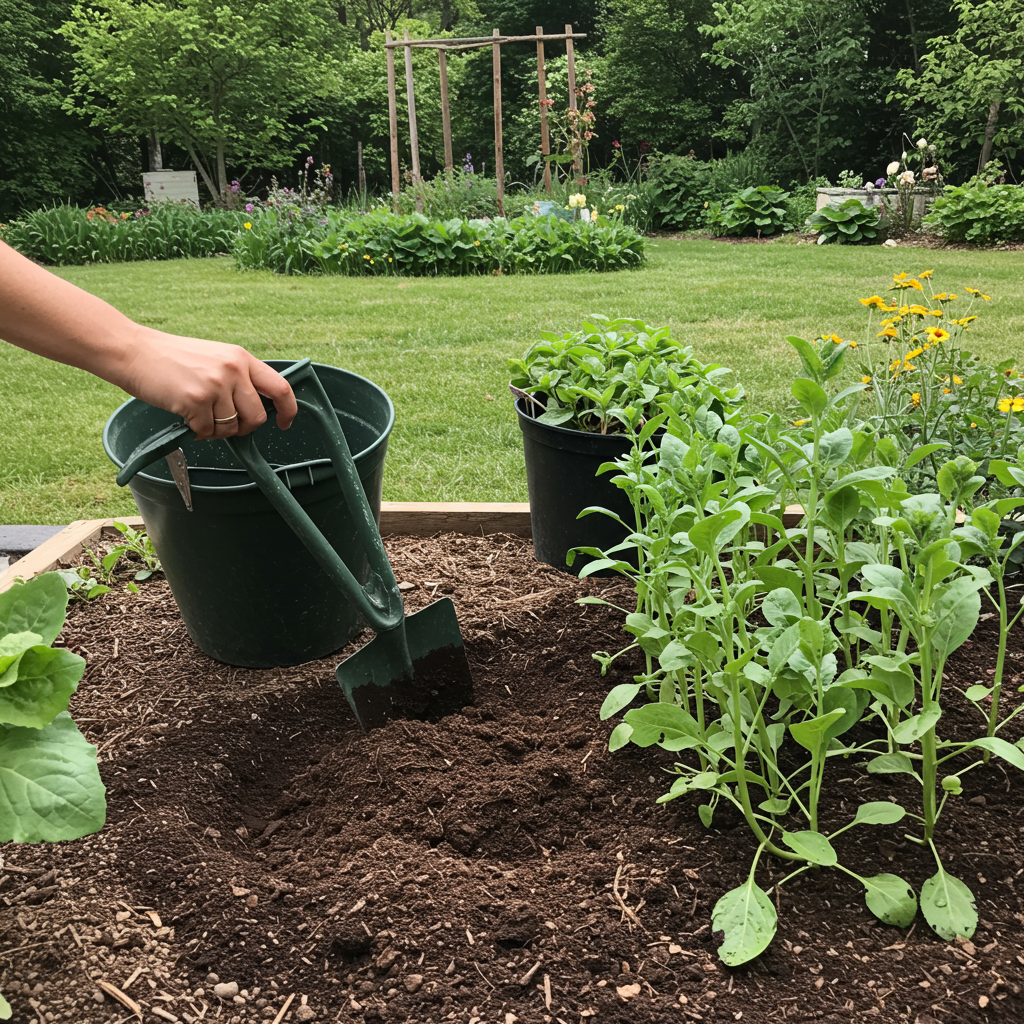
Healthy soil is the foundation of a successful garden. Follow these steps to prepare your soil:
- Testing Soil Quality: Conduct a soil test to determine pH and nutrient levels. This will inform your amendment needs.
- Amending Soil: Based on test results, add organic matter, compost, or fertilizers to enrich the soil.
- Tilling and Aeration: Loosen the soil by tilling or aerating to improve drainage and root penetration.
4. Planting Your Garden
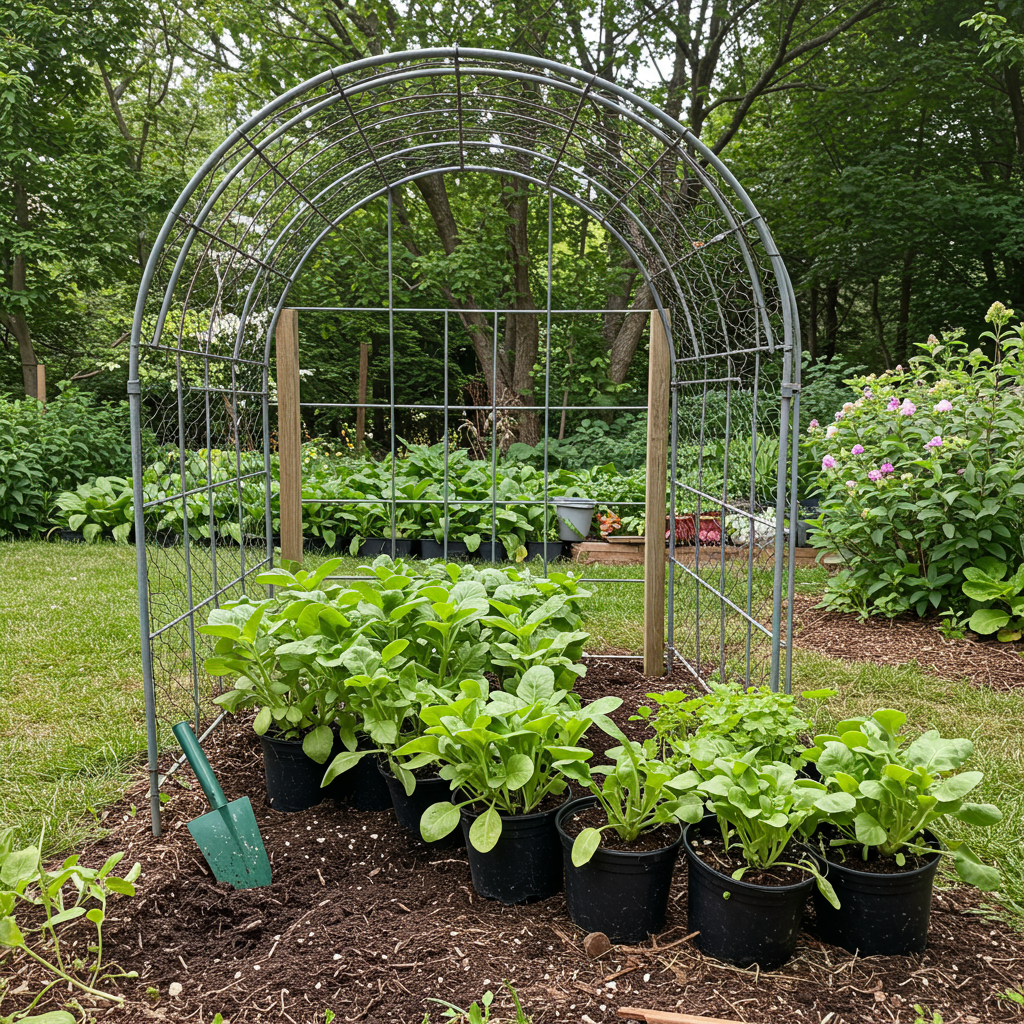
Once your soil is ready, it’s time to plant. Keep these tips in mind:
- Timing: Research the best planting times for your chosen plants, considering seasonal changes.
- Spacing: Follow recommended spacing guidelines to ensure adequate air circulation and sunlight.
- Watering After Planting: Water plants immediately after planting to help them establish roots.
5. Maintenance and Care

Regular maintenance is key to a flourishing garden. Implement the following practices:
- Watering: Establish a consistent watering schedule, adjusting based on rainfall and plant needs.
- Mulching: Apply mulch to retain moisture, suppress weeds, and regulate soil temperature.
- Pruning and Deadheading: Regularly prune and remove spent flowers to encourage new growth and maintain health.
6. Pest and Disease Management
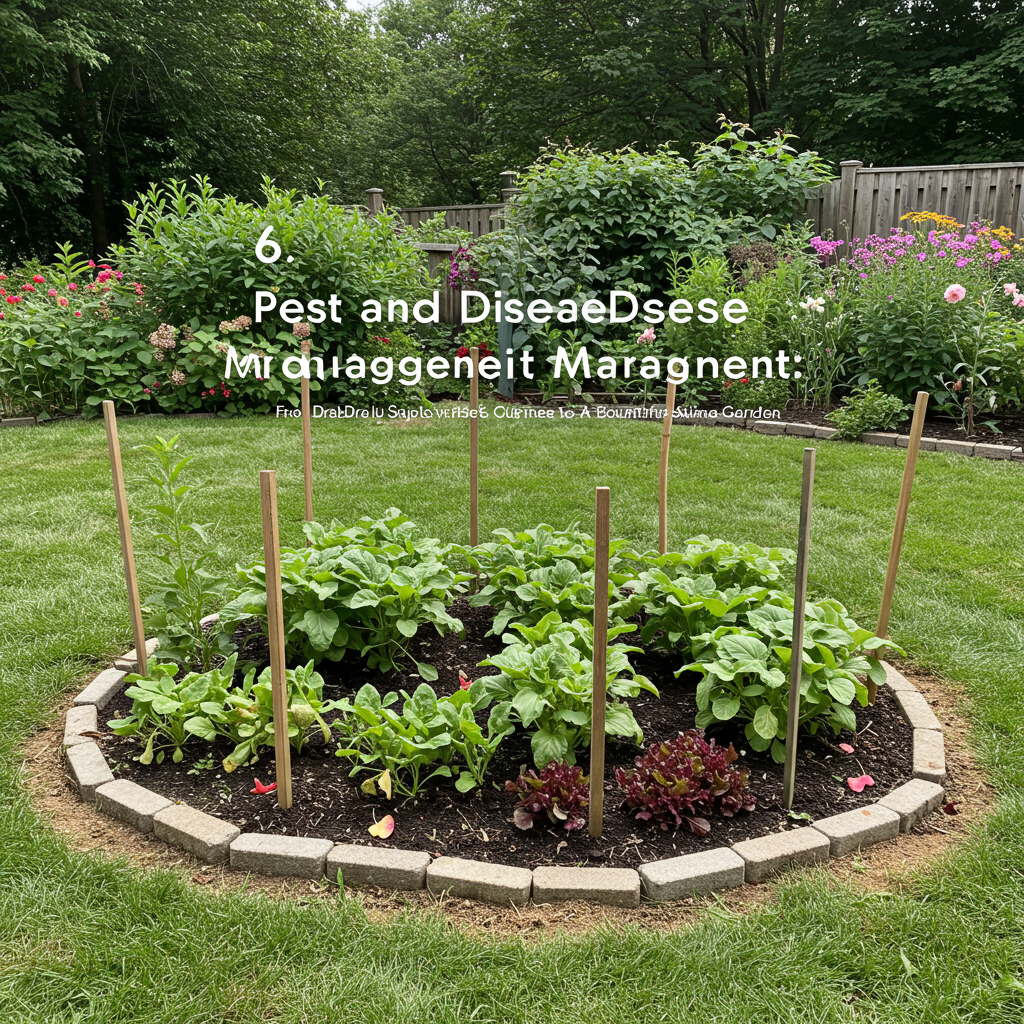
Protecting your garden from pests and diseases is essential. Use these strategies:
- Identify Pests: Regularly inspect plants for signs of pests or diseases. Early detection is crucial.
- Natural Remedies: Use organic pest control methods, such as neem oil or insecticidal soap, to minimize chemical exposure.
- Diversity: Plant a variety of species to naturally deter pests and promote a balanced ecosystem.
7. Harvesting and Enjoying Your Garden
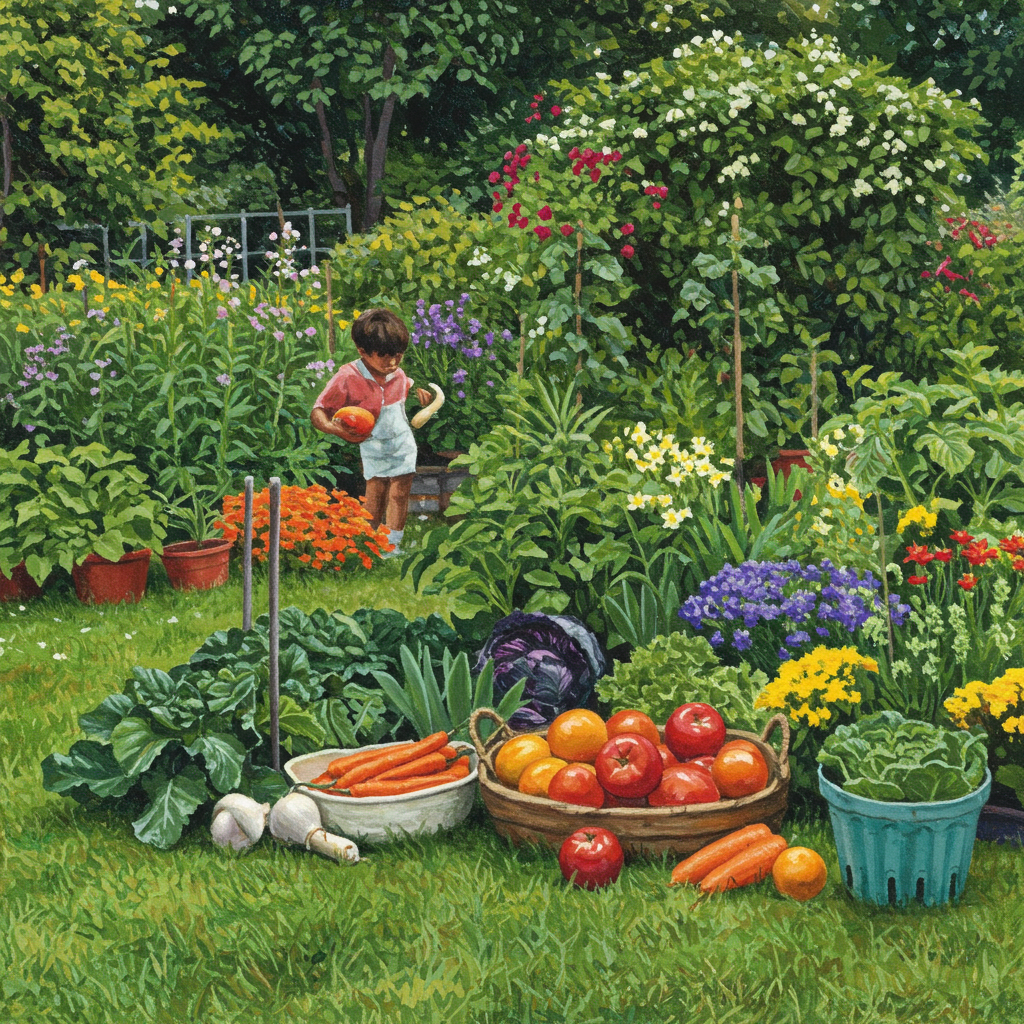
After all your hard work, it’s time to enjoy the fruits of your labor:
- Timing Your Harvest: Learn the signs of ripeness for fruits and vegetables to ensure peak flavor.
- Preservation: Consider canning, freezing, or drying excess produce to enjoy throughout the year.
- Sharing and Celebrating: Share your bounty with friends and family to celebrate your gardening success.
Conclusion
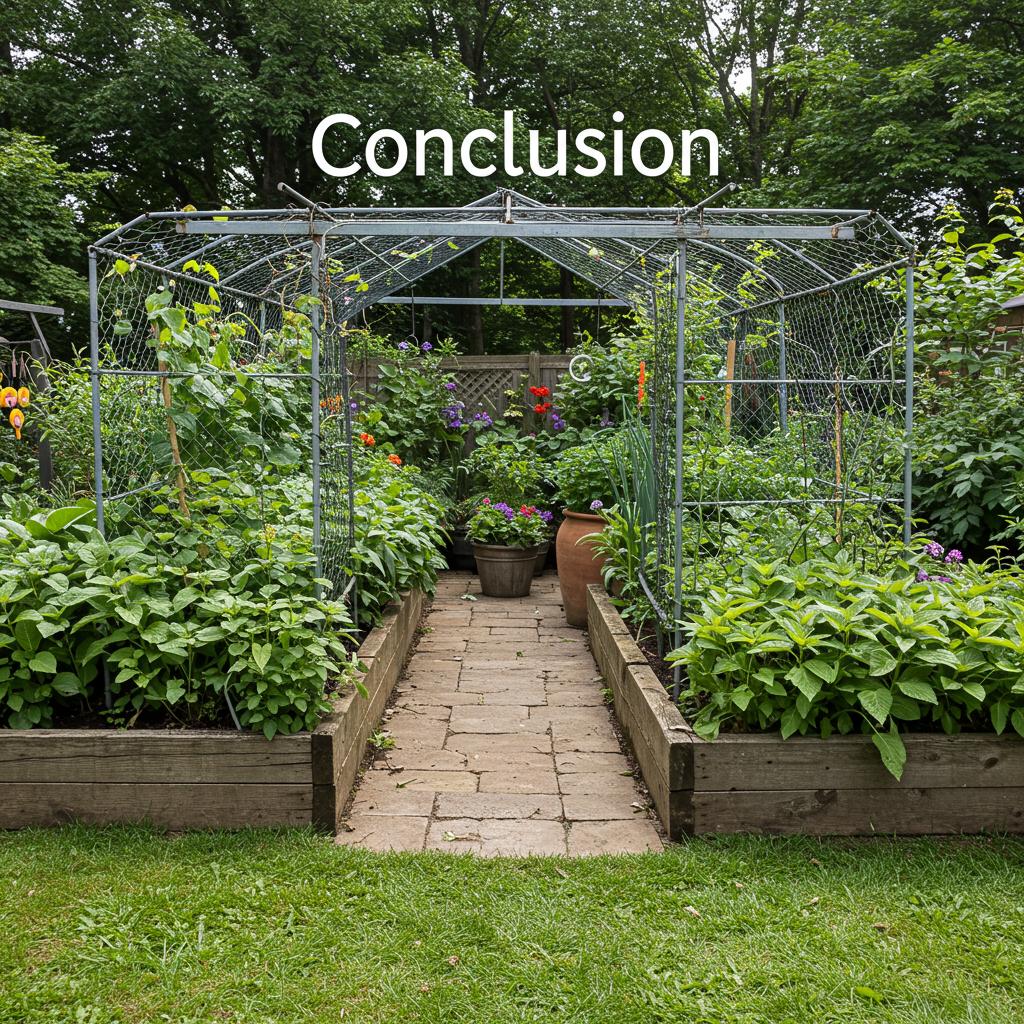
Creating a bountiful garden takes time, patience, and effort, but the rewards are immeasurable. By following this beginner’s guide, you can transform your drab outdoor space into a vibrant oasis filled with life, beauty, and fresh produce. Embrace the journey, learn along the way, and enjoy the satisfaction of nurturing your own piece of nature.
